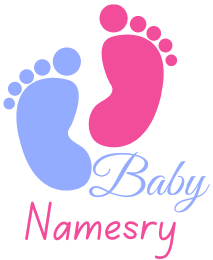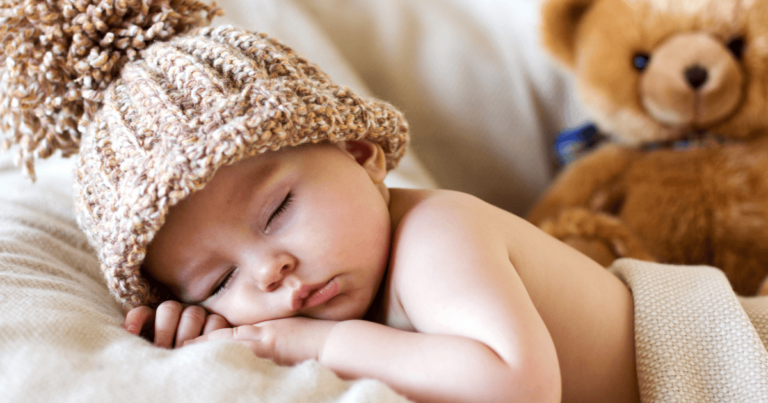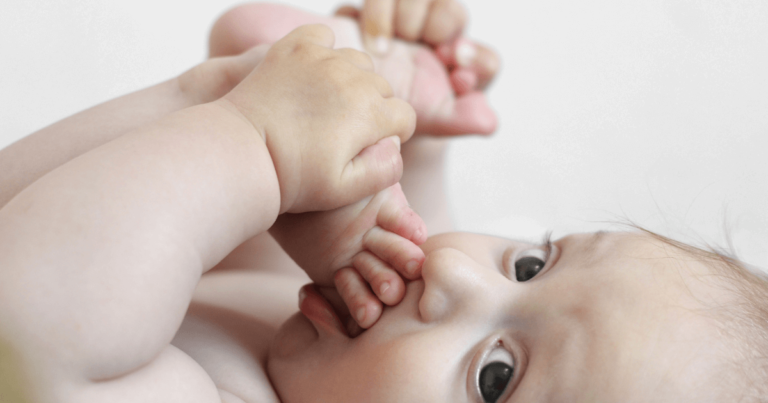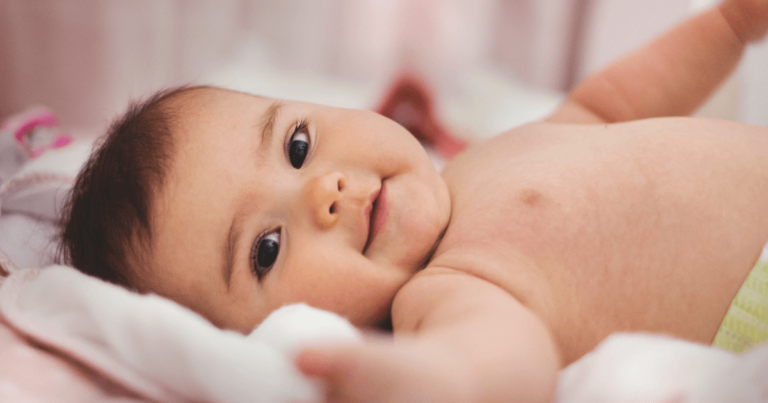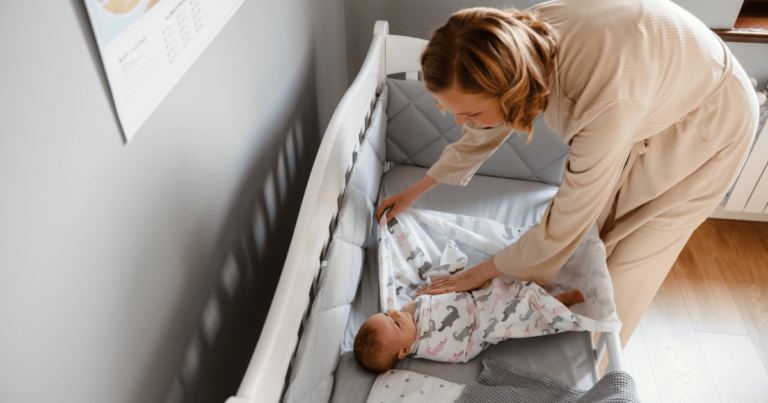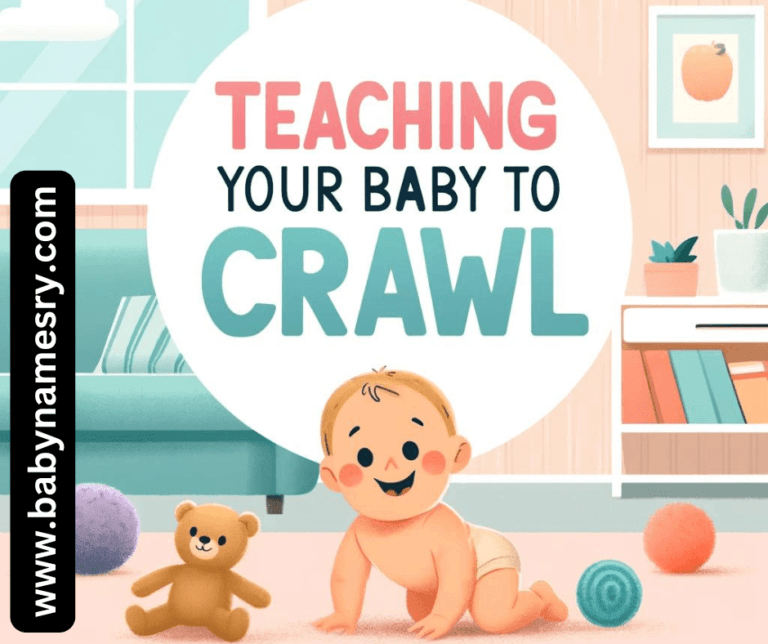How to Keep Your Baby from Chewing on the Crib: 2025 Guide
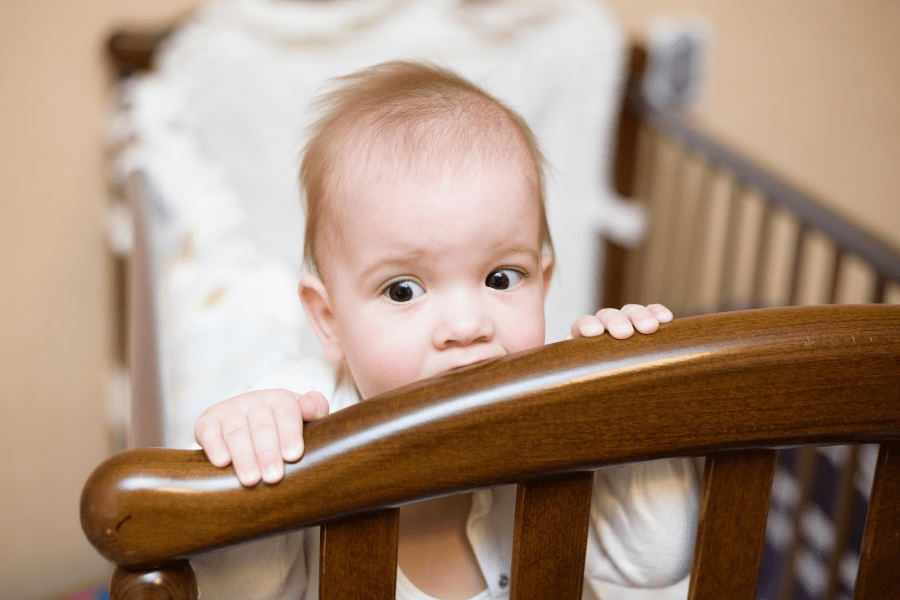
Wondering How to Keep Your Baby from Chewing on the Crib? You are at the right place.
If you’ve noticed your baby chewing on the crib, you’re not alone. This common behavior can be concerning, but it’s often a natural part of their development. Understanding why it happens and how to prevent it is key. This guide will walk you through the reasons behind crib chewing and offer practical, expert-backed tips to keep your baby safe.
Why Do Babies Chew on Their Cribs?
Babies chew on their cribs for several reasons. Here are the main ones:
- Teething Discomfort
When babies are teething, their gums can feel sore or itchy. Chewing on hard surfaces like a crib rail helps soothe that discomfort. The pressure of chewing relieves their gums, making the crib a natural target. - Oral Exploration
Babies use their mouths to explore. This is how they learn about their surroundings. Since the crib is right there, it’s easy for them to chew on it. It satisfies their curiosity about new textures and sensations. - Self-Soothing
Chewing can be a way for babies to calm themselves. Just like sucking on a pacifier, the repetitive motion of chewing on the crib can comfort them when they feel anxious or unsettled. - Boredom or Restlessness
Sometimes, babies chew out of boredom. If they are left in the crib without anything to do, chewing becomes a way to pass the time. This often happens when they wake up from a nap or at night. - Developmental Milestones
As babies grow, they naturally want to interact with their environment. Chewing is part of their motor skill development. They are learning how to control their mouths and jaws, so they test out their abilities on anything within reach.
Related: Why do babies eat their hands?
How to Keep Your Baby from Chewing on the Crib
- Use a Crib Rail Cover

One of the best ways to prevent crib chewing is by using a crib rail cover. These covers are padded and wrap around the crib’s rail. They create a soft barrier between your baby’s teeth and the crib.
Make sure the rail cover is made from non-toxic materials. Look for BPA-free and lead-free options. Many are machine-washable, which makes cleaning easy. Once installed, your baby can chew safely without damaging the crib or ingesting harmful substances.
- Offer Teething Toys
Teething toys are a great way to distract your baby from the crib. These toys are designed to soothe sore gums and can easily replace the need to chew on the crib rail.
Keep a few teething toys nearby, especially during nap times. Chilled teething rings can provide extra relief for sore gums. Make sure the toys are easy to clean and free from small parts that could pose a choking hazard.
- Use Non-Toxic Crib Paint or Varnish
If your baby has already chewed on the crib, you can protect it with non-toxic paint or varnish. These products create a protective layer that prevents further damage and keeps your baby safe.
Before applying the paint, clean the crib and follow the product instructions. Once applied, the crib should be left to dry completely before your baby uses it again. This is a simple solution to preserve the crib and protect your child.
- Engage Your Baby with New Activities
Sometimes, crib chewing happens because your baby is bored or restless. To prevent this, make sure they are engaged throughout the day.
Play with them, introduce new toys, or take them for walks. Keeping them physically and mentally active reduces the likelihood of them turning to crib chewing for entertainment. A well-engaged baby is less likely to resort to chewing out of boredom.
- Supervise Your Baby
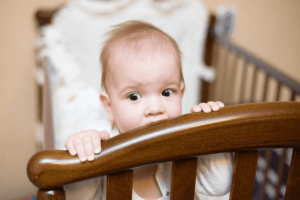
When possible, supervise your baby while they are in the crib. Catching the chewing behavior early allows you to intervene. Offer a teething toy as an alternative or gently distract them with something else.
A baby monitor can help you keep an eye on your child even when you’re not in the room. Being proactive helps prevent the crib-chewing habit from forming.
- Consider Gummy Baby Vitamins
Nutritional deficiencies can sometimes cause babies to chew on non-food objects. If you’re concerned that your baby might need more nutrients, consult your pediatrician.
Your doctor may recommend gummy baby vitamins, which can provide the necessary vitamins and minerals to support your baby’s development. It’s important to consult your pediatrician before introducing any new supplements into your baby’s routine.
- Relieve Teething Pain
If teething is causing your baby discomfort, try offering cold teething toys or a chilled washcloth. These can help soothe sore gums.
You can also gently massage their gums with a clean finger. In some cases, over-the-counter teething gels may be helpful, but always check with your pediatrician before using these products.
- Consult a Pediatrician if Needed
If your baby’s crib chewing becomes excessive, it might be time to consult your pediatrician. They can assess whether the behavior is related to teething or if there are other developmental concerns.
A pediatrician can also provide additional strategies to manage the behavior and ensure your baby’s safety. It’s always a good idea to seek professional advice if you’re unsure about how to handle crib chewing.
Don’t Miss: How To Get Newborn To Sleep in Bassinet
Final Thoughts
Crib chewing is a normal part of your baby’s development, but it’s important to manage it safely. By using crib rail covers, offering teething toys, and keeping your baby engaged, you can protect both your baby and the crib. Remember that this phase will pass as your baby grows.
You’re doing a fantastic job! Parenting is full of little challenges, and crib chewing is just one of them. With these solutions, you’ll keep your baby safe and comfortable. You’ve got this, and your baby will soon move past this phase!
